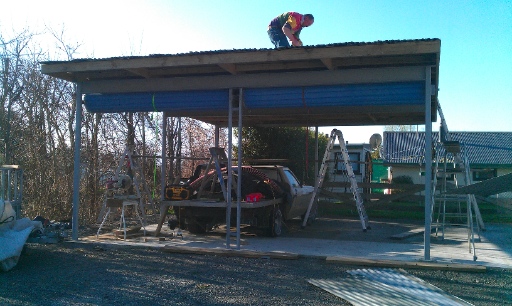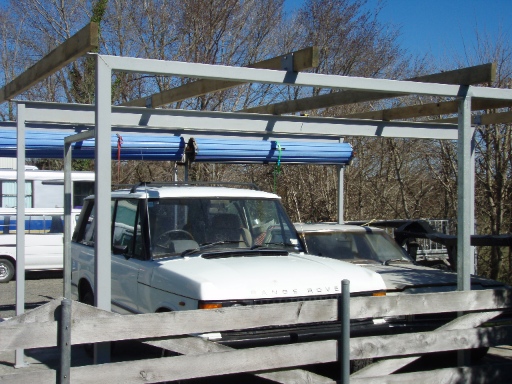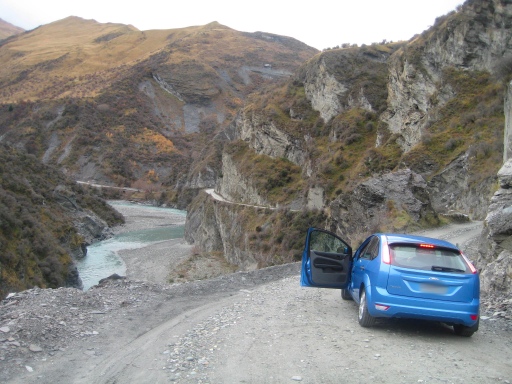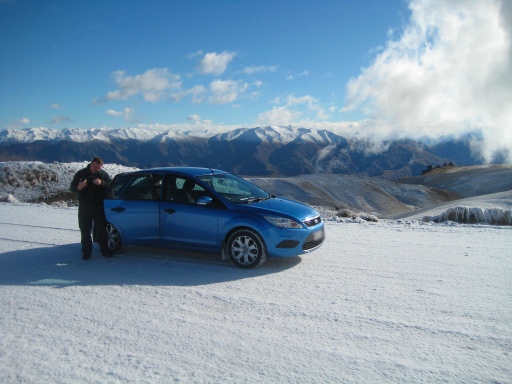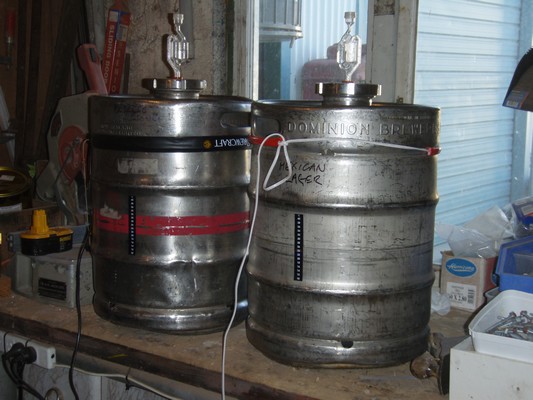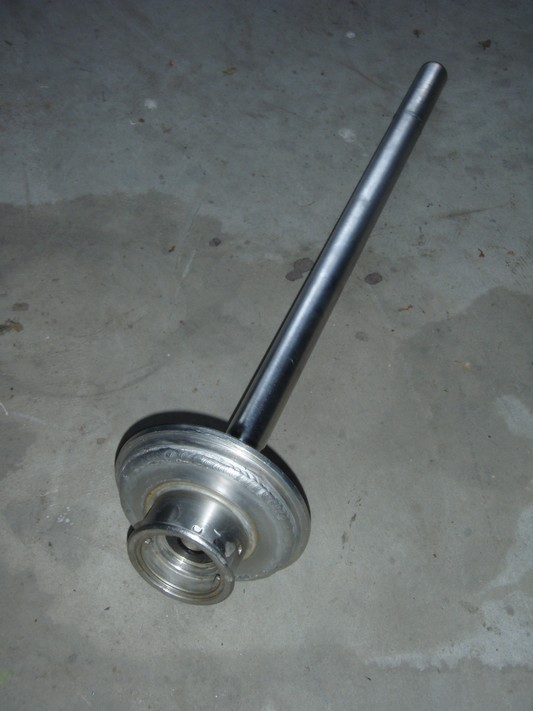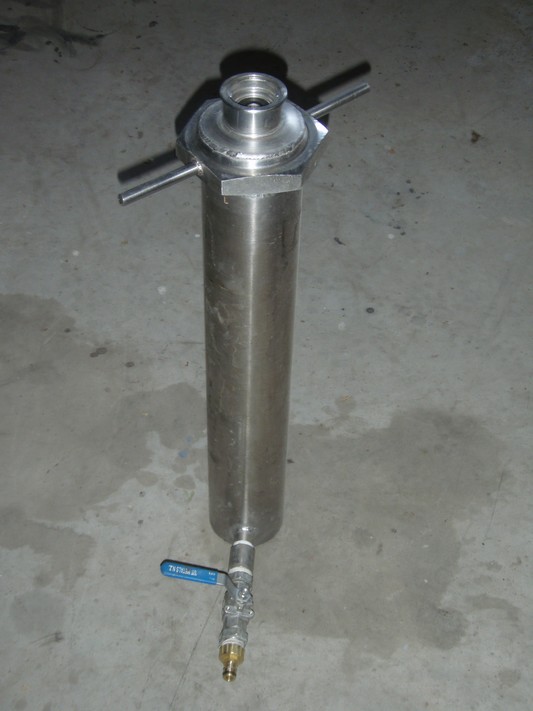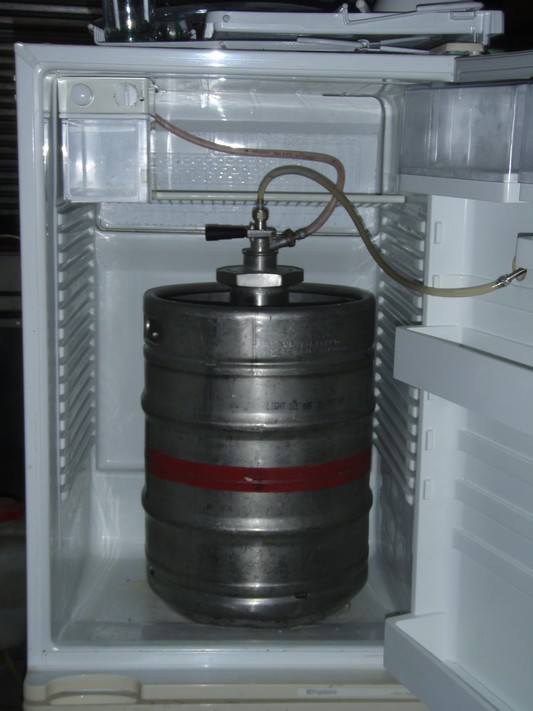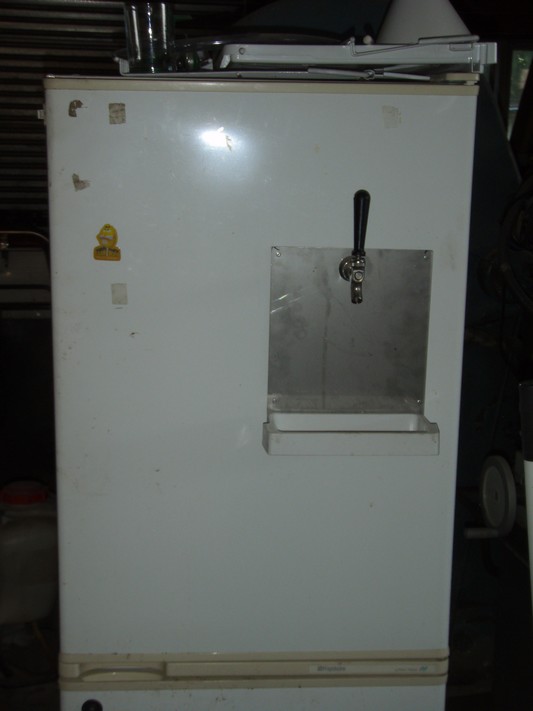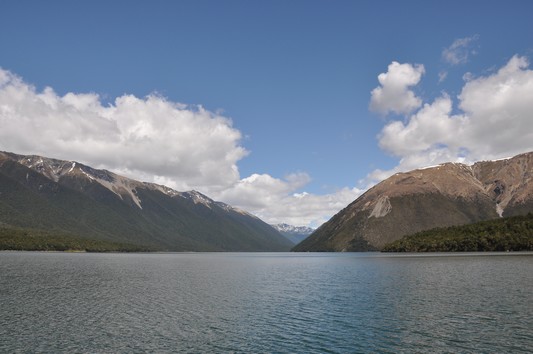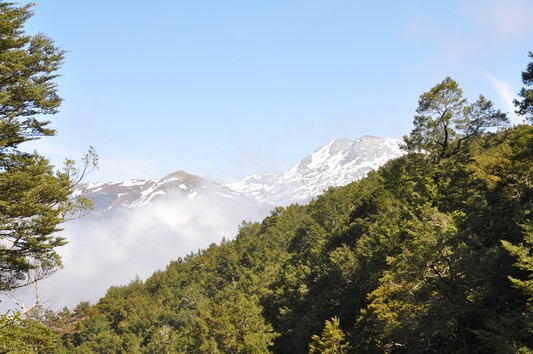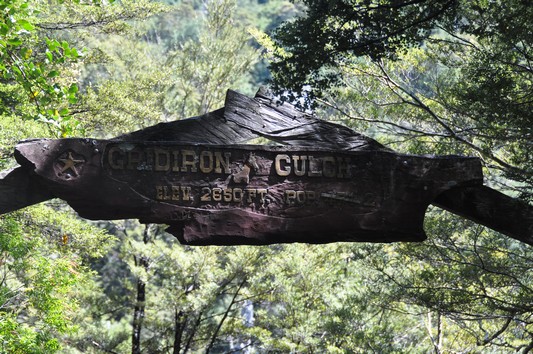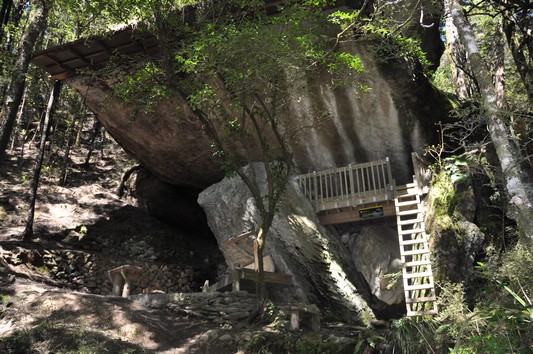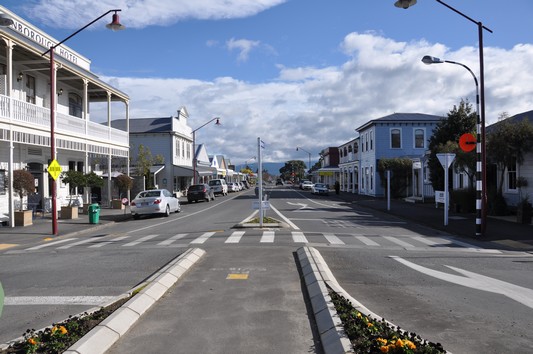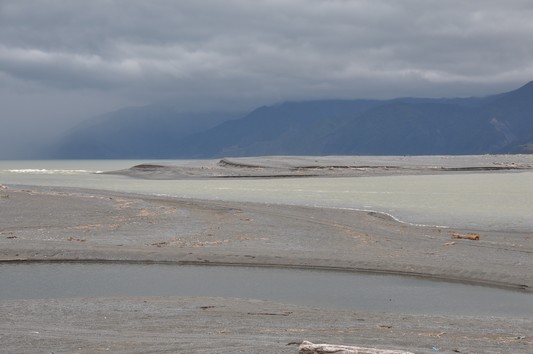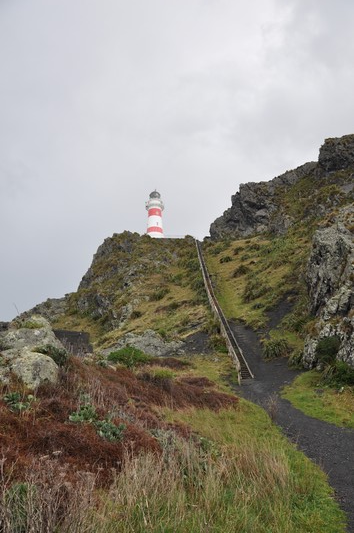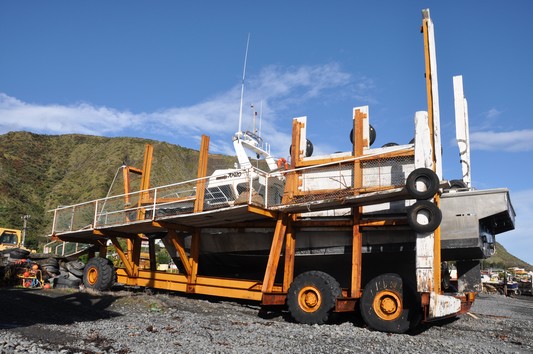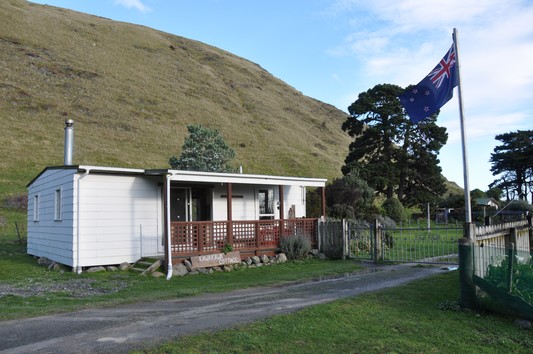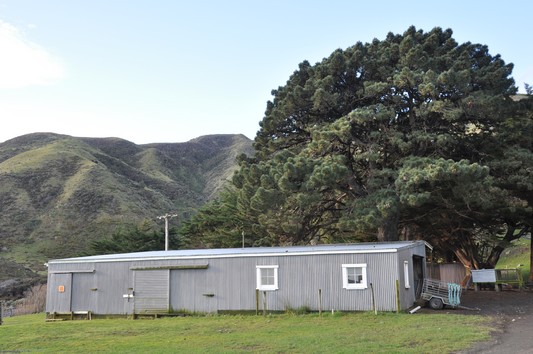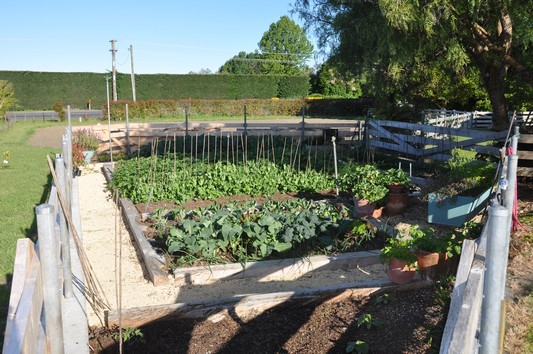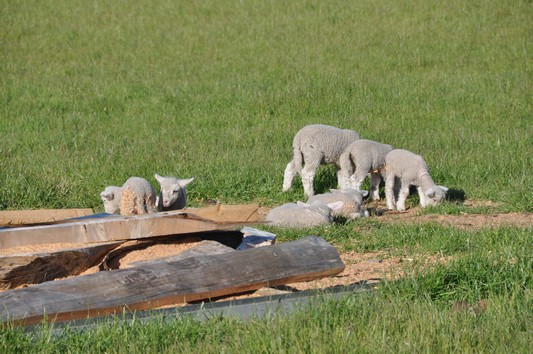Wow, over a year since I last blogged. I have travelled a lot and a lot has changed since then. I guess I’ve just been really, really busy and will get to that, but not in this post.
So, I took the RR in for a Warrant of Fitness (WoF) and it failed with a couple of dead bulbs (I hope – haven’t checked yet) and an oil leak all over the nearside rear disk brake – the inner hub seal the only possibility. The WoF fail was on the Thursday afternoon before the Hawkes Bay Anniversary Friday annual holiday and Labour Day on the Monday. On the Friday morning I removed the hub to confirm the damaged seal, but all else intact. Nowhere in Hawkes Bay to buy a new seal until Tuesday being a holiday weekend.
So, the cunning plan. I had intended a trip around the East Cape in the S4 for a while and could get a seal in Gisborne (different region, no Friday holiday) if I was early enough. So, ‘carpe diem’. I booked accommodation in Gisborne and Opotiki online. I arrived in the nick of time in Gisborne to buy the $10 oil-seal from Eastland Bearings. I stayed at the Portside Hotel which I would definitely recommend. May be pricey at peak season, but it is quality accommodation.
Saturday proved to be as good as forecast, barely a cloud in the sky. I headed off first thing around the East Cape. A quick photo op’ at the Tolaga Bay wharf and then a breakfast at the Uawa Cafe, part of the amazing old Tolaga Bay Inn dating back to 1890.
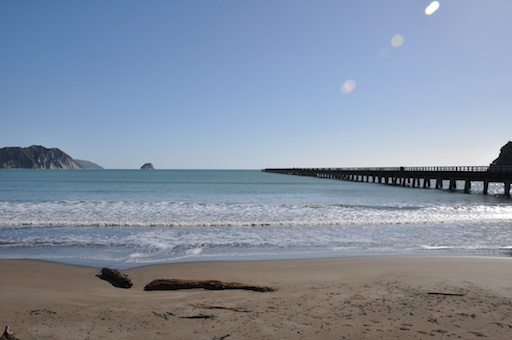
The 600 m long Tolaga Bay Wharf
Next stop the East Cape lighthouse. An hour and a half of incredible twisty roads, virtually no traffic and not a cloud in the sky – doesn’t get much better. I had recently fitted 18″ wheels with Bridgestone Potenza RE002 tyres to replace the worn out imported Yokohama tyres on 19″ x 8.5″ wheels fitted when I bought the Audi a couple of years ago. 18″ x 8″ is the original size, and whilst not filling out the S4’s stretched guards as pleasingly as the previous combination, the taller profile tyres and rims within the width of the tyres is more practical and comfortable. And I must say ‘wow’! The grip is incredible, grippier than a grippy thing. To quote Clarkson and co. on Top Gear, it felt like my face was going to slide off. I’m sure my shiny new Samsung Galaxy S3 can measure the G-force and I’ll try that later. Definitely a huge improvement on the previous tyres. It was then a 20 km drive on a mostly unsealed road from State Highway 35 to the East Cape.
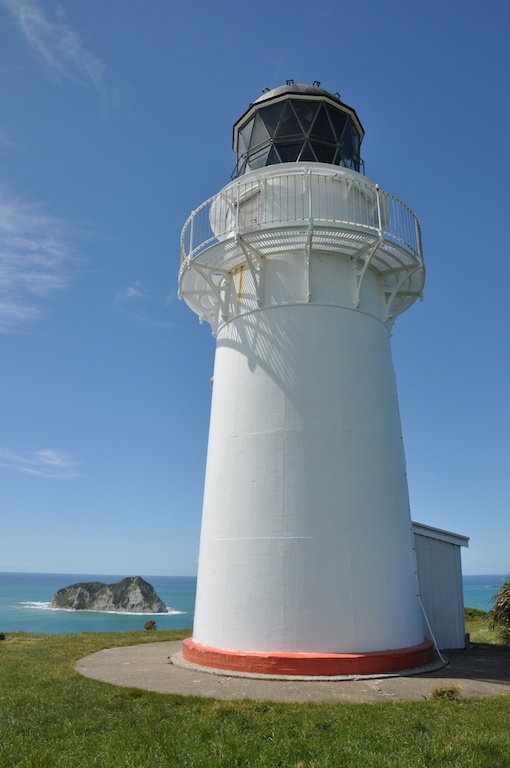
The East Cape lighthouse with the equally excitingly named East Island in the background
God I’m unfit! Thankfully there was an old couple and a family who were clearly not used to any exertion on the 144 m climb to make me feel better. I had to stop and rest four or five times on the way up – to be fair it wasn’t a path but wooden steps most of the way and these were longer and taller than your average step, so much harder than taking small steps. Anyway, I started after the others, overtook them on the way up. I took a few photo’s and enjoyed the view whilst catching my breath.
Next I headed to Opotiki where I stayed the night in a B&B. As forecast it had started raining by the Sunday morning. After a cup of tea and slice of toast I headed South through the Waioeka Gorge to Gisborne. Raining all the way through the gorge, but dried up towards Gisborne. I’m still amazed at the grip the new tyres provided in the wet. Didn’t manage to get the electronic stability control to kick in despite trying quite hard on a few corners – out of academic interest of course. Fuelled up and had a great brunch at the Cafe Ruba. Took the inland route from Gisborne to Wairoa, I think I saw two cars and it was a fantastic twisty road. From Wairoa back to Havelock North was fairly slow going with quite a bit of traffic. Great weekend away and spent acouple of hours fittingthe $10 oil seal when I got back.
